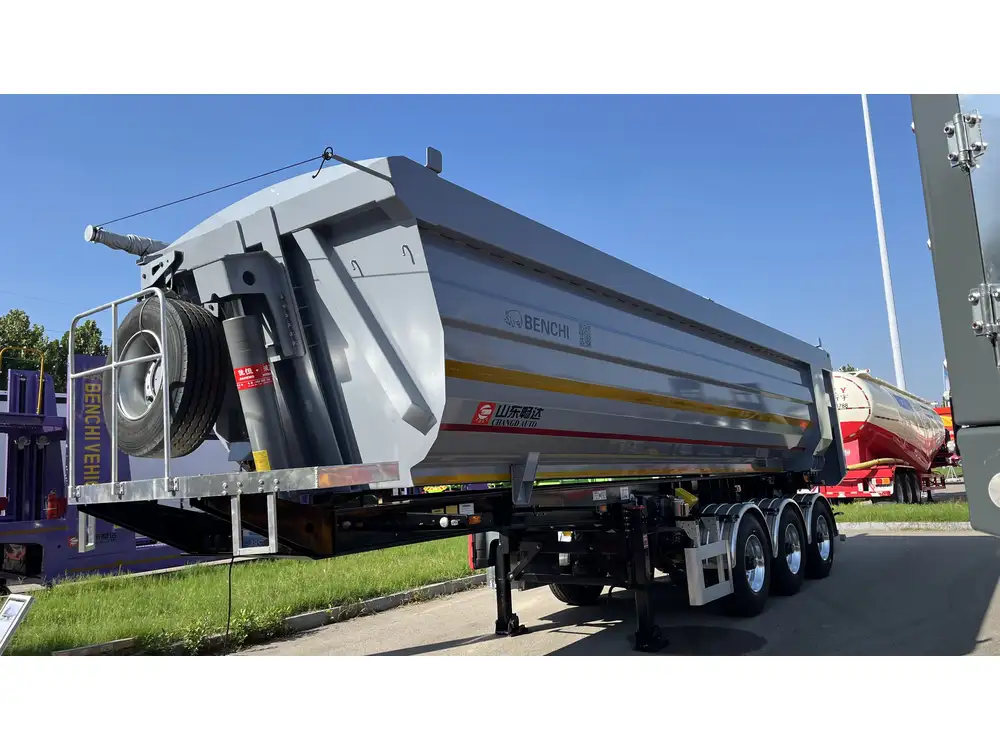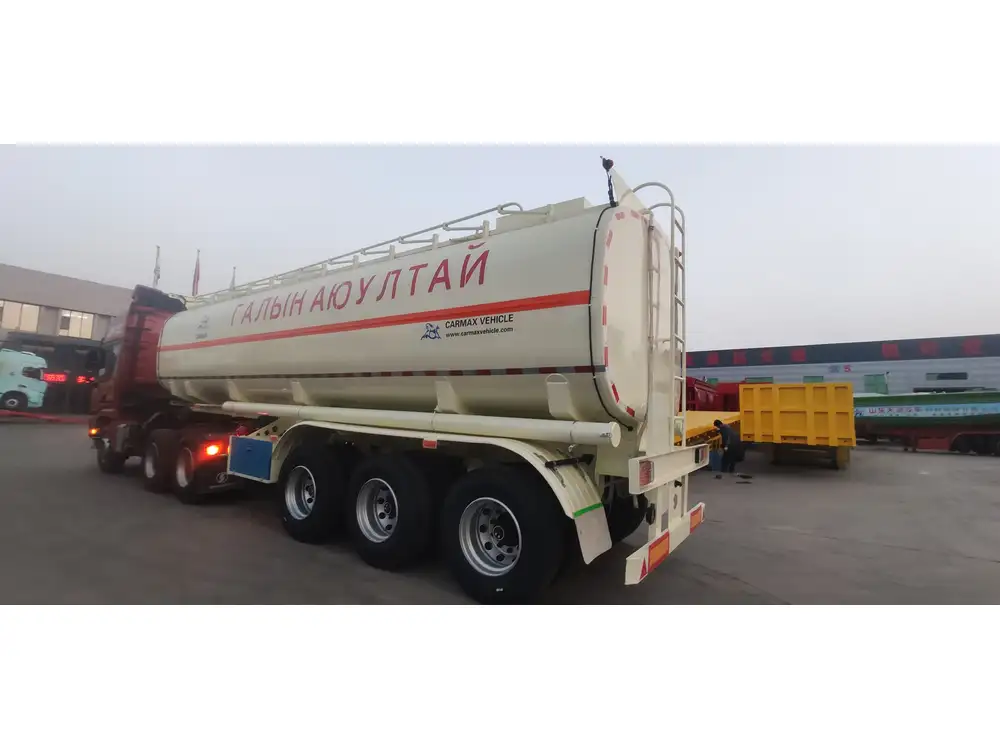The logistics and transportation sector relies heavily on the use of 18-wheelers, a common term for semi-trucks that play a vital role in moving goods across vast distances. These vehicles, known for their size and carrying capacity, have specific dimensions that are crucial for various stakeholders, from truck manufacturers to fleet operators and logistics managers. This article delves into the intricacies of 18-wheeler dimensions, focusing on their length, and explores related factors such as legality, operational efficiency, and industry standards.
What Is an 18-Wheeler?
An 18-wheeler is a large truck that consists of two main components: the tractor (or cab), which houses the driver, and the trailer, where cargo is stored. The “18 wheels” reference comes from the combination of 10 wheels on the tractor and 8 wheels on the trailer. These trucks are designed for the transportation of various types of freight, ranging from food products to heavy machinery.
Breakdown of an 18-Wheeler’s Structure
| Component | Description |
|---|---|
| Tractor | The front part of the truck that includes the engine and cab, which is responsible for steering and pulling the trailer. |
| Trailer | The rear part that carries the cargo, typically connected to the tractor via a fifth wheel coupling. |
| Axles | Standard 18-wheelers have 5 axles; 3 on the tractor and 2 on the trailer. |

How Long is an 18-Wheeler?
The length of an 18-wheeler varies based on several factors:
- Standard Length: In the United States, the maximum legal length for a semi-truck is typically 53 feet for the trailer, with the total combination length ranging from 70 to 80 feet when considering the tractor and trailer together.
- State Variability: Different states have varying regulations that may affect the maximum allowable length of an 18-wheeler. For example, in some states, the maximum length can extend up to 65 feet or more.
- Purpose-Specific Trailers: Certain types of trailers, like flatbeds or car hauliers, may have different lengths based on their cargo capabilities.
Average Dimensions of an 18-Wheeler
| Dimension | Average Measurement |
|---|---|
| Length (Trailer) | Up to 53 feet |
| Length (Total) | 70 – 80 feet |
| Height | 13.5 feet |
| Width | 8.5 feet |
Length Regulations and Compliance

Federal Regulations
The Federal Highway Administration (FHWA) regulates the dimensions of commercial vehicles operating on interstate highways. For 18-wheelers, the following guidelines are commonly enforced:
- Trailer Length: The standard trailer length is capped at 53 feet.
- Overall Length: A maximum not exceeding 65 feet for the entire vehicle.
State-Specific Regulations
- California and New York: These states may have stricter regulations and lower maximum lengths than the federal standard, often limiting overall lengths to 65 feet.
- Texas and Florida: Known for more lenient regulations, these states allow for longer configurations under certain conditions.
Operational Considerations for Fleet Managers
Understanding the dimensions and lengths of 18-wheelers is crucial for fleet managers for several reasons:
- Route Planning: Certain roadways may have restrictions on large vehicle lengths. Maps and navigation systems are essential for avoiding non-compliant routes.
- Cargo Efficiency: Depending on the type of cargo being transported, maximizing the use of trailer space while adhering to length regulations can improve load efficiency.
- Fuel Efficiency: Aerodynamic design can reduce drag and fuel consumption, a significant operational cost for trucking companies. Longer vehicles may require specially designed aerodynamic attachments to optimize fuel economy.

Common Misconceptions About 18-Wheelers
- All 18-Wheelers Are the Same Size: While they share a common term, dimensions can vary significantly based on the type of trailer and its intended use. Understanding these differences is key for logistics and compliance.
- Larger Equals Better: Many assume that larger trucks can carry more goods. However, this can lead to increased fuel consumption and potential compliance issues with length regulations.
The Importance of Compliance
Failure to meet length regulations can result in hefty fines and penalties, making compliance a top priority for trucking companies. Additionally, non-compliance can damage a company’s reputation and jeopardize contracts with clients who prioritize regulatory adherence.
Industry Trends and Innovations

Telematics and Vehicle Monitoring
Advancements in technology have led to the integration of telematics systems in 18-wheelers, allowing companies to monitor vehicle dimensions, load capacities, and even compliance with state regulations in real time. This data can help fleet managers make informed decisions, optimize routes, and improve overall operational efficiency.
Modular Trailers
The introduction of modular trailers has allowed for different trailer configurations that can adapt to various load sizes without violating length regulations. This innovation provides flexibility that is especially beneficial for transporting oversized loads while adhering to standards.
Conclusion: Understanding and Maximizing 18-Wheeler Dimensions
In the world of logistics, size matters. Understanding the dimensions and regulations surrounding 18-wheelers helps businesses streamline operations, improve compliance, and optimize fuel efficiency. With varying regulations across states and a variety of trailer types available, knowledge of how long an 18-wheeler can legally be is essential for fleet managers, drivers, and logistics coordinators alike.
The complexities of managing these vehicles necessitate a keen understanding of their dimensions, legal limitations, and operational efficiencies. Whether considering the design of a new truck, optimizing existing fleets, or planning logistics, knowledge is paramount in navigating the intricate landscape of trucking regulations and efficiency.
This understanding ultimately contributes to a thriving logistics operation that meets the demands of today’s fast-paced economic environment while ensuring compliance and operational success. Adjusting to the dynamic environment of regulations is a critical undertaking that requires adaptability and continuous education. As innovations in trailer design and monitoring technologies emerge, staying informed about these developments can provide a competitive edge in the industry.
By comprehensively understanding the dimensions and regulations of 18-wheelers, stakeholders can make informed decisions that facilitate better route planning, enhance compliance, and optimize the transportation of goods, ultimately resulting in increased profitability and efficiency in this essential sector of the economy.



